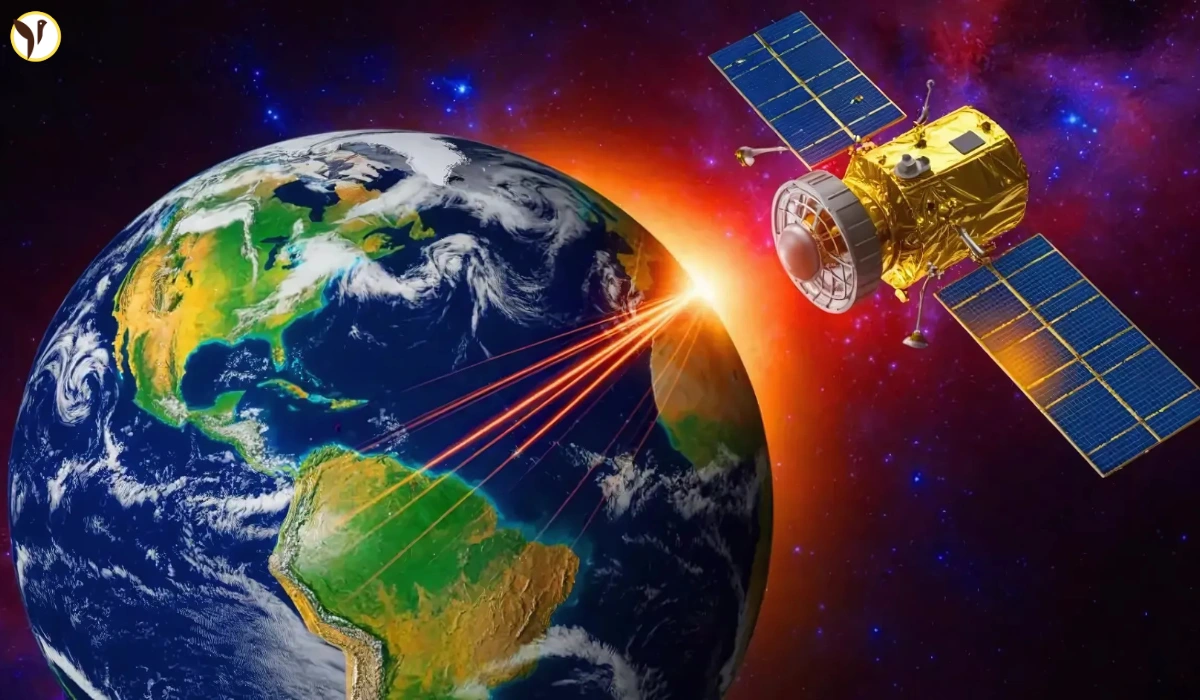The South Atlantic Anomaly is an unusual spot on Earth where the planet’s magnetic field is weaker than usual. This area covers parts of South America and the South Atlantic Ocean. Normally, Earth’s magnetic field works like a shield that protects us from harmful particles coming from the Sun. But in this spot, the shield is thin, so more charged particles can get closer to Earth. This is especially important for satellites and space stations flying low around the planet because the extra radiation can cause problems for their systems. Scientists watch this area closely to help keep space missions safe.
Recent Changes: The Anomaly Is Expanding
Scientists have noticed that the South Atlantic Anomaly isn’t staying the same size. It’s actually getting bigger and slowly moving west. Recently, the anomaly split into two parts, which makes things trickier for satellites that pass through. Because the anomaly is expanding, satellites spend more time in a place where radiation is higher, which increases the risk of damage or errors. Space agencies like NASA and the European Space Agency use special satellites to keep an eye on these changes so they can better protect satellites and astronauts from the extra radiation.
Why Is This Happening?
The South Atlantic Anomaly exists because of what’s happening deep inside the Earth. Our planet’s magnetic field comes from the movement of molten metals like iron and nickel in its outer core. Beneath Africa, there’s a big, dense area of rock that slows down this movement. This slows and weakens the magnetic field above, creating the anomaly. These changes happen slowly over time, but they can cause the anomaly to grow or shift. Scientists are still trying to learn more about these deep Earth processes to understand how they affect the magnetic field and the anomaly.
What Does This Mean for Space Missions?
For satellites and astronauts, the South Atlantic Anomaly can be a risky place. When spacecraft fly through it, they get hit with stronger radiation, which can cause glitches or even damage their equipment. Astronauts aboard the International Space Station sometimes see flashes of light caused by cosmic rays in this area. To keep satellites working well, engineers add extra protection and try to plan routes that avoid the strongest parts of the anomaly. Knowing more about the anomaly helps space teams keep their missions safe and working properly.
What’s Next for Research and Safety?
Scientists are working hard to learn more about the South Atlantic Anomaly and how to protect against its effects. They use satellites and ground tools to track the anomaly and study how it changes over time. They are also finding ways to make satellites tougher against radiation and planning missions to spend less time in dangerous spots. Understanding what’s going on inside Earth’s core will help predict how the anomaly might change in the future. This research is important to keep space travel safe as we rely more on satellites and explore farther into space.
Image Source: Sustainablity Times









